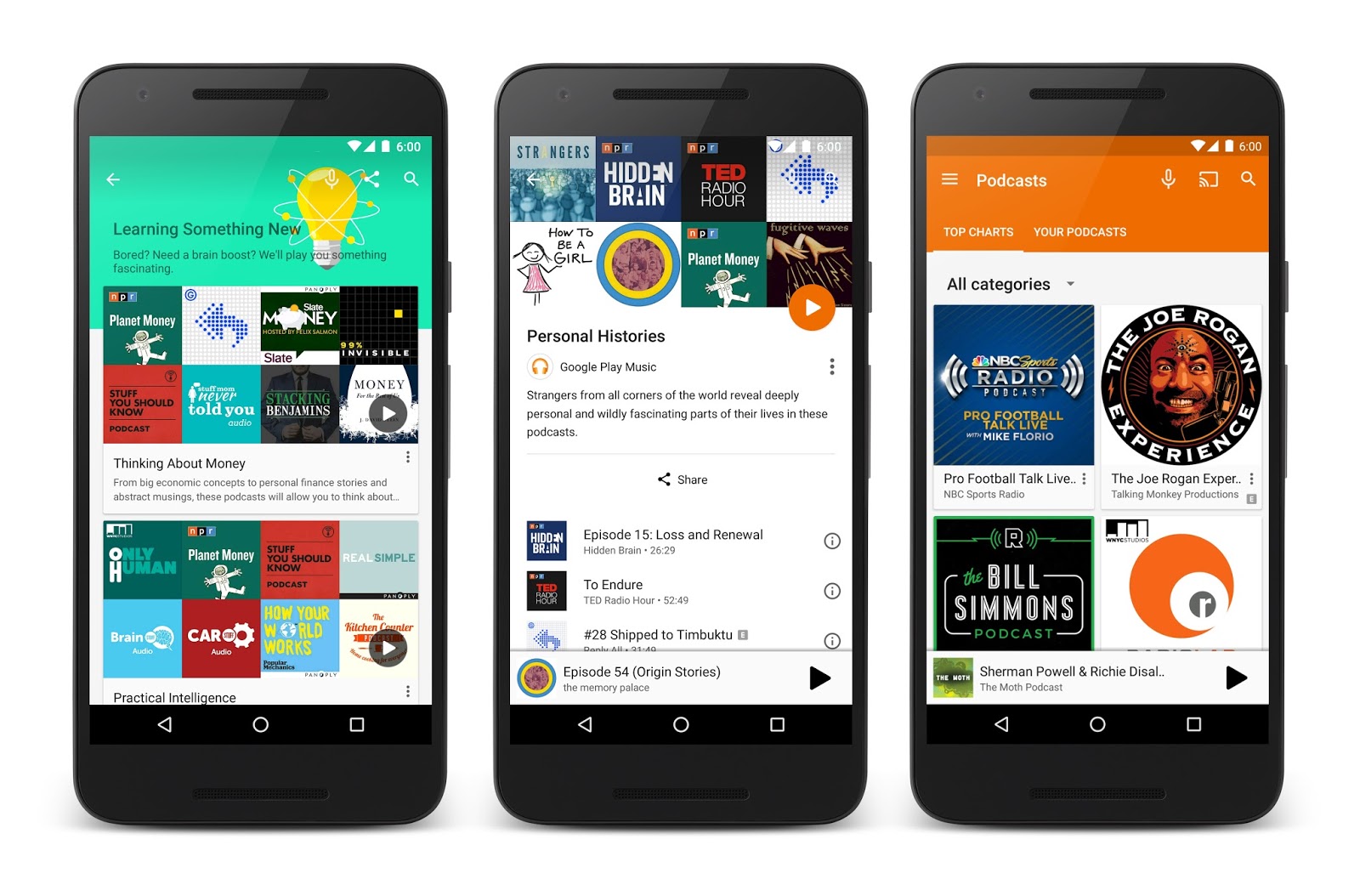SiriusXM reported record fourth quarter and full-year 2018 operating and financial results today. However, the best is yet to come for SiriusXM as their Pandora acquisition begins to impact the company. “Our combination with Pandora completely changes the game and gives us vastly more scale outside of the car in a way that we think is completely complementary to our existing efforts at SiriusXM,” said SiriusXM CEO Jim Meyer.
Jim Meyer, CEO of SiriusXM, talked during their earnings announcement about their plans for Pandora and how it will lead SiriusXM beyond the car and transform the company in the process:
Our Combination with Pandora Completely Changes the Game
We expect the Pandora merger to close Friday. The combined company will reach over 100 million listeners in North America, with nearly 40 million self-paying subscribers and 75 million trailers — trialers and ad-based listeners. The North American audio market is the most influential in the world.
The suite SiriusXM and Pandora bring to content creators and advertisers is a powerful promotional platform. The Pandora team’s continuing efforts to improve ad tech, add new content and features and to improve usability for both listeners and advertisers provides a solid foundation for Pandora’s future.
Needless to say, our combination with Pandora completely changes the game and gives us vastly more scale outside of the car in a way that we think is completely complementary to our existing efforts at SiriusXM. Together, the SiriusXM and Pandora brands are uniquely positioned to lead a new era of audio entertainment by delivering the most compelling subscription and ad-supported audio experience to millions of listeners in the car, at home, and on the go. I am incredibly excited by the opportunity in front of us to build a media company that will be competitive for decades to come.
We plan to close the Pandora transaction on Friday, and we will hit the ground running. I’ve made a decision to immediately consolidate the G&A functions and have the business units report directly to me. My goal is to streamline decision-making, increase the speed of integration and manage the businesses holistically from day one. These things are never easy. And just let me say, I have a ton of respect for Roger Lynch and the masterful job he has done at Pandora over the last 16 months. I want to personally thank him for his contributions.
Tremendous Opportunities That Combine Our Strengths
As we move closer to the combination, we are seeing increased opportunities for cost saving. By the end of next year, these cost synergies should exceed a run rate of $50 million per year. But this merger has never been about cost synergies. Let me reiterate my vision here. We see tremendous opportunities to create attractive and unique audio packages that combine our strengths, SiriusXM’s in-vehicle position with Pandora’s strong position out of the vehicle. There are strong prospects for cross-promotion across our combined North American audience.
Quite simply, I’d like to monetize at some level every single one of the close to 23 million SiriusXM trials we are running annually. Over the next decade, the vast majority of Americans will have experienced one of these trials, and I am thrilled to now have a complete stack of compelling offerings to offer consumers, from paid to free.
Pandora Brings SiriusXM a Tremendous Amount of Data
With our massive audience, particularly from the Pandora side, comes a tremendous amount of listener data that will be invaluable as we grow the combined company in the future. Let me give you just one example. Based upon our preliminary research, approximately half the owners of the SiriusXM-enabled vehicle fleet have used Pandora in the past 2 years. This is incredibly powerful.
Data from Pandora can significantly improve our understanding of these users’ preferences and behaviors when it comes to music listening. This kind of data should help us refine our marketing efforts for retention, conversions, win back as well as our streaming experience for SiriusXM subscribers over time.
Intends to Capitalize on Cross-Promotion Opportunities
We also intend to capitalize on cross-promotion opportunities between SiriusXM’s more than 36 million subscribers across North America and Pandora’s approximately 70 million monthly active users. In early February, we will begin a targeted promotion to SiriusXM subscribers and Pandora listeners. Select Pandora listeners will receive an offer to obtain a unique $5 a month mostly news — mostly music or news talk package in their satellite-equipped vehicle.
SiriusXM subscribers will also receive an extended 14-day trial to Pandora Premium. By midyear, we expect to deliver a new Pandora-powered channel to our SiriusXM app users based upon their favorite artist and a new radio channel, driven by the latest trend from Pandora’s billions of thumbs. This is just the beginning. We expect over time to create new, unique audio packages that will bring together the best of both services, creating a powerful platform for artists to reach their fans and to create new audiences.
Biggest Challenge at Pandora – Increase Listener Hours
Without a doubt, the biggest challenge at Pandora is clearly related to active users and, even more importantly, listener hours. This is going to be a tremendous focus for my management team in 2019 and beyond. The biggest opportunity for change here is through improved content and marketing. The launch of Pandora’s slate of podcasts is a great first step, and I’m confident Scott Greenstein and his team will add immediate value here.
We will also be looking to improve Pandora’s position in-
Trust me on one thing: We understand the many new challenges that arise at Pandora. We’re excited to tackle them head-on, but we will in no way lose sight of our core business and the important opportunities for value creation that remain at SiriusXM. Great content is always the core of what we do at SiriusXM.



























